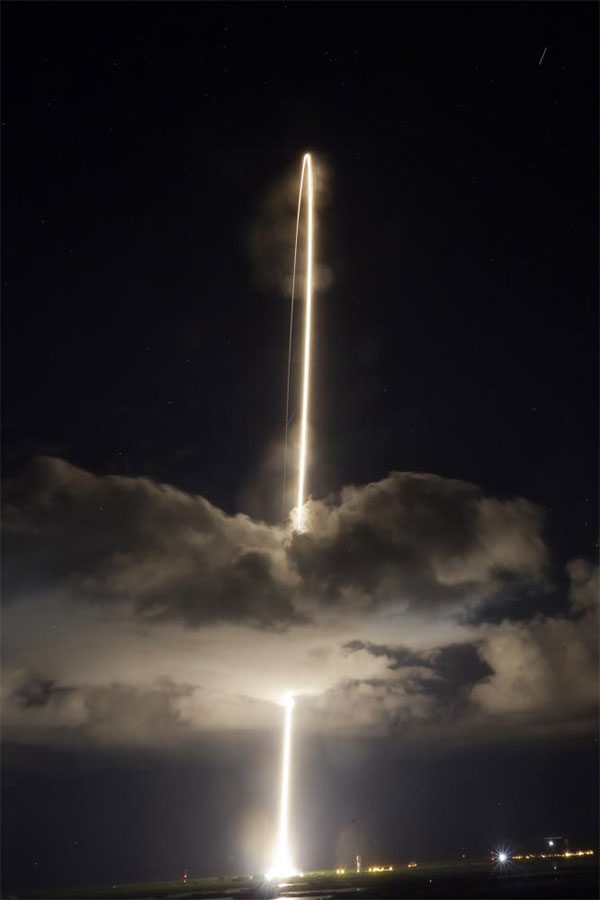The Lucy spacecraft from the National Aeronautics and Space Administration (NASA) has captured its first images of four Trojan asteroids, located 530 million kilometers away from Earth.

The Atlas V rocket launched Lucy into space on October 16, 2021. (Photo: AP)
According to NASA’s announcement, from March 25-27, Lucy utilized its L’LORRI – the spacecraft’s highest-resolution imaging device – to capture the first images of Jupiter’s four Trojan asteroids. These images are part of a pre-planned mission to determine how the Trojan asteroids reflect light at angles higher than what can be observed from Earth.
These Trojan asteroids have the potential to provide significant scientific value and are often referred to as “the diamonds in the sky.” Lucy is set to fly past these asteroids in 2027 and 2028, as the spacecraft traverses a small asteroid swarm that leads Jupiter into its orbit around the Sun.
Launched on October 16, 2021, Lucy is NASA’s first spacecraft tasked with exploring the Trojan asteroids – a population of primitive asteroids that orbit in parallel to Jupiter. This will be the first solar-powered spacecraft to embark on such a long journey away from the Sun, and it will observe more asteroids than any previous spacecraft. Lucy will make three close approaches to Earth for gravity assistance, making it the first spacecraft to travel to the outer Solar System and then return close to Earth.
Spanning 12 years, this $981 million space exploration mission is expected to provide scientists with their first close-up look at the Trojan asteroids. Throughout this mission, Lucy is anticipated to travel approximately 4 billion miles.





















































